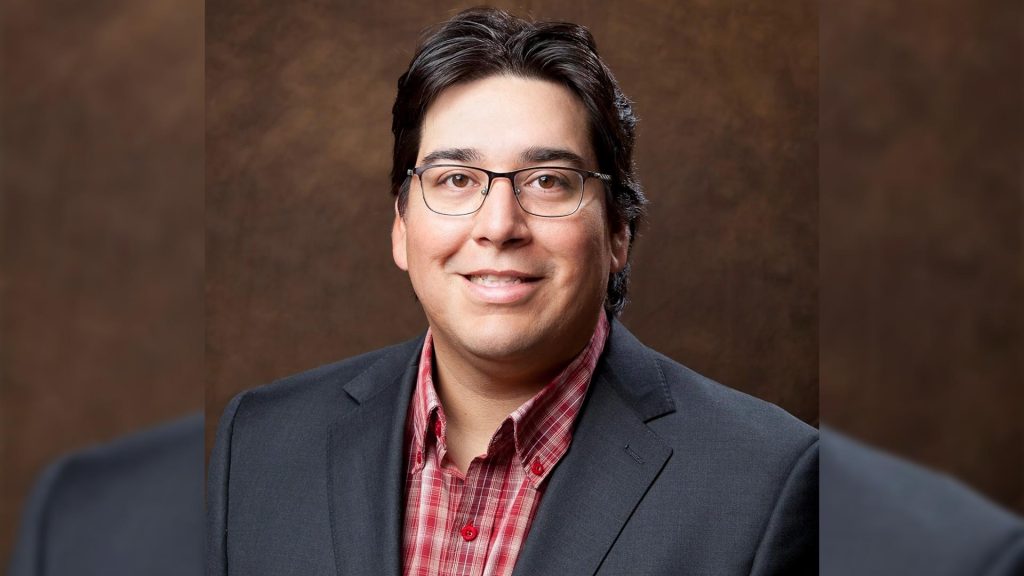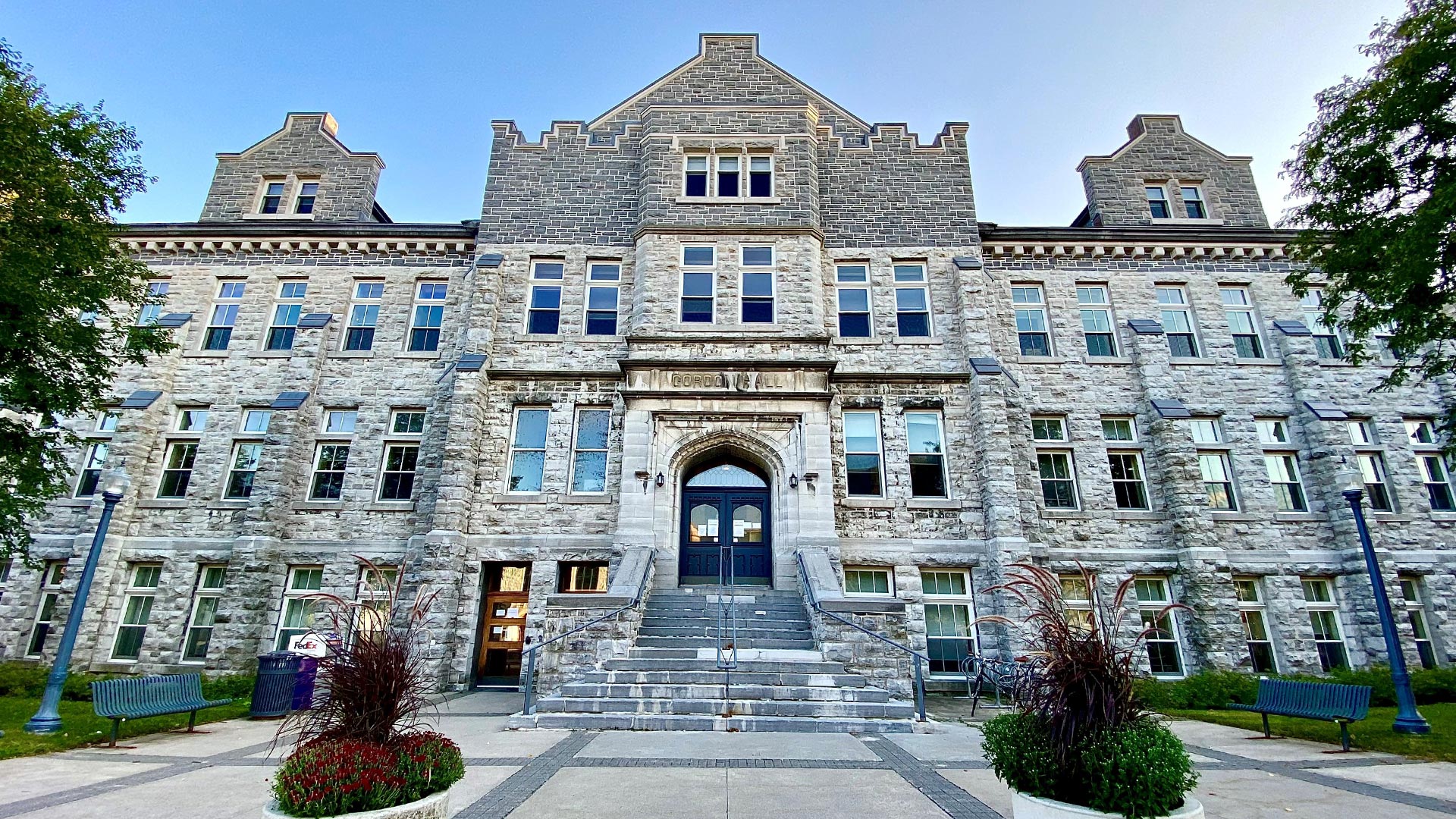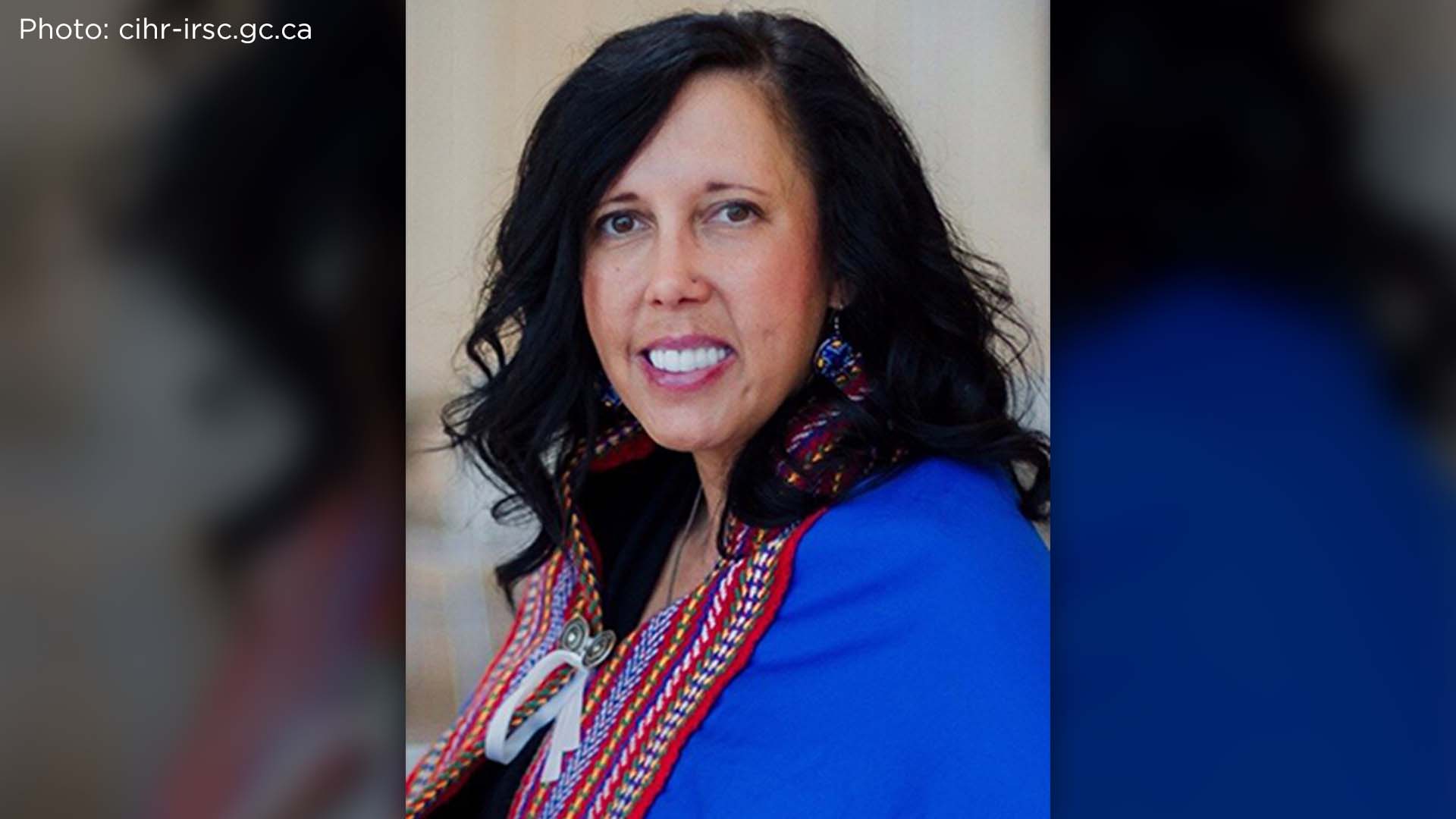
Chief Dylan Whiteduck says his community frequently deals with allegations of dubious Indigenous identity. Photo: Dylan Whiteduck/Facebook
The chief of a First Nation frustrated by the rising tide of Indigenous identity fraud says powerful institutions should publicly apologize in writing to nations they’ve insulted by empowering fakes.
“That’s the question at hand here: They have to apologize. If they can’t, then they’re going to just keep doing what they’re doing,” said Chief Dylan Whiteduck of Kitigan Zibi Anishinabeg. “How are they going to fix the problem internally if they can’t admit what they did wrong?”
In recent months, universities, organizations and the federal public service have all launched “consultations” to strengthen their internal policies on vetting Indigenous hires following a succession of controversies that prompted scrutiny and demands for change.
Kitigan Zibi is an Algonquin First Nation established in 1853 about 130 km north of Ottawa near Maniwaki, Que. It was a flourishing time for the region, Whiteduck said, in which construction of rail and canal infrastructure brought a timber boom and an influx of settlers with it.
“There’s been a lot of people that stayed near parts of our area for fishing and hunting,” he said. “That’s where they get that self-sense that they’re part of this area and they must be Algonquin.”

As a result, the community has become something of a ground zero for questionable Algonquin identity claims and efforts to assert an eastern Métis presence in the region, which the Métis National Council does not recognize.
The phenomenon is sometimes called race-shifting. The term refers to a recent explosion of people self-identifying as Indigenous, often Métis, on the basis of a distant ancestor or nebulous connection to community—and sometimes no connection at all.
Controversy was sparked in December following a CBC investigation into questions about the identity of award-winning filmmaker Michelle Latimer, who said she was from Kitigan Zibi in a National Film Board press release.
Latimer is not a member of Kitigan Zibi. She apologized for claiming community ties before properly verifying them, but she maintained in a defamation lawsuit that she “is and identifies as Algonquin Métis” and never falsified her claims.
The ensuing scandal sent shockwaves rippling through the arts world and beyond, prompting public debate about Indigenous identity. The scandal was similar to one that erupted in 2016 after questions surfaced around the identity of fêted author Joseph Boyden.
While Latimer discontinued the case without further litigation, the statement of claim raised questions about individuals’ right to self-identify as Indigenous. Currently, self-identification is the standard used by many universities and across the entire federal public service.
They’ve come to accept the “honour system” isn’t working, but weren’t able to offer a concrete alternative when contacted by APTN.
University seek solutions
Queen’s University in Kingston, Ont., for example, found itself wrapped up in internal conflict about the same issue while the Latimer saga unfolded.
An anonymous document surfaced online in June alleging that various members of the university’s professorial staff were fraudsters. The university denounced the report, which it said “is misleading and contains factual accuracies.”
But dozens of Indigenous academics immediately pushed back with an open letter urging the university to retract the statement and take a good, hard look at its own policies.
“Scrutiny of spurious and suspicious claims to citizenship is a legitimate exercise,” the letter said. “This is particularly true for decolonizing First Nations, Inuit and Métis communities that are striving to throw off colonial oppression imposed by external and foreign actors.”
Queen’s softened up the following day, saying it takes the issue seriously and agrees with many of the letter’s arguments. Two weeks later it released another statement, this time from chancellor designate Murray Sinclair who was poised to assume the post on July 1.

“It is clear that self-identification of Indigeneity no longer works. Self-declaration is an important part, but it is just the beginning,” said Sinclair. “We must go beyond an honour system and include voices from Indigenous communities across Turtle Island.”
Then in November the university announced it was launching consultations to try and improve its internal policies, procedures and practices.
Meanwhile, only days before this announcement, University of Saskatchewan faculty members went public accusing their colleague Carrie Bourassa, a top Indigenous health researcher, of falsifying her Anishinaabe, Métis and Tlingit identity. The CBC published the results of an investigation that exposed holes in Bourassa’s story.
Bourassa maintained that she became Métis through adoption, but the university was soon embroiled in a dispute that followed a similar track to the one at Queen’s. The university initially stood by the researcher but then announced she’d been suspended and stripped of her duties. An independent probe is now underway.
University of Saskatchewan provost Airini, who goes by one name, told APTN the university is taking “extremely seriously” its consultations with Indigenous communities on the issue.
She agreed self-identification can no longer be the standard but offered few details about how the institution will enact a system to verify claims.

of Health Research
“Always what we do is look to communities for that assessment. We know as a university that it’s not for us to be the adjudicator,” said Airini. “It’s up to us as a university to make sure any and every appointment made can be trusted and that our communities can see it as legitimate appointment.”
Carleton University in Ottawa offered a nearly identical statement on what it’s doing.
“We are currently engaging Indigenous communities and legal experts on developing a process to protect opportunities intended for Indigenous people,” said a spokesperson. “We understand this process must be community-driven and acknowledge the sovereignty of Indigenous communities.”
Self-identification is also the standard used across the entire federal public service for vetting the Indigenous identity of prospective bureaucrats. It’s a simple, one-page form.
The Public Service Commission (PSC) told APTN in May it was “currently reviewing” the policy after Indigenous staff complained that it facilitated ethnic fraud.
“The PSC decided to provide additional time for consultations with stakeholders. As such, this project is still ongoing and we are currently reviewing the information,” said the commission in a follow up statement. “In the new year, we will complete the analysis and develop recommendations.”
If not self-ID, then what?
Top among the signatories on the open letter to Queen’s was Kim TallBear, a professor of Native studies at the University of Alberta and expert frequently called on to discuss racial politics.
TallBear told Nation to Nation earlier this month that “we’re really struggling” in academia to find solutions for ethnic fraud. She said institutions should look to senior Indigenous staff for guidance and start building good relations with local communities.
“If an institution has no relations with the Indigenous communities in their area it’s a problem,” said TallBear, “because non-Indigenous people are simply unqualified, for the most part, to figure out who is Indigenous and how they belong to a community or not.”
She said the reconciliation era brings with it “more grants and benefits to identifying as Indigenous.” It leaves the door open for unscrupulous scammers to hoodwink institutions that want to contribute positively.
Read more:
The harmful, ‘cynical and self-serving’ nature of Indigenous identity fraud
Pretendians and what to do with people who falsely say they’re Indigenous put InFocus
But the unusual compulsion to “play Indian” is older than reconciliation, she added. TallBear explained the phenomenon is rooted in a form of colonial nationalism that’s about asserting a moral authority to belong to and possess the land.
Whiteduck agreed with all three points. He said these institutions of higher learning need to better educate themselves.
“It’s actually us, the Algonquin Nation, who should determine who’s part of our nation and who’s not part of our nation,” he said. “That’s where a courtesy email to our Algonquin Nation tribal council might be sufficient.”
That simple courtesy call soliciting sufficient information during the vetting process is one policy institutions could implement across Canada, Whiteduck said.
But first, he’d like them to say sorry for the harm already done.
“It’s really frustrating when we see businesses, corporations, universities and organizations hire non-Native people to represent First Nations or Indigenous Peoples across Canada,” he said.









